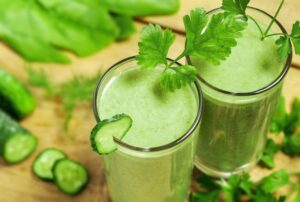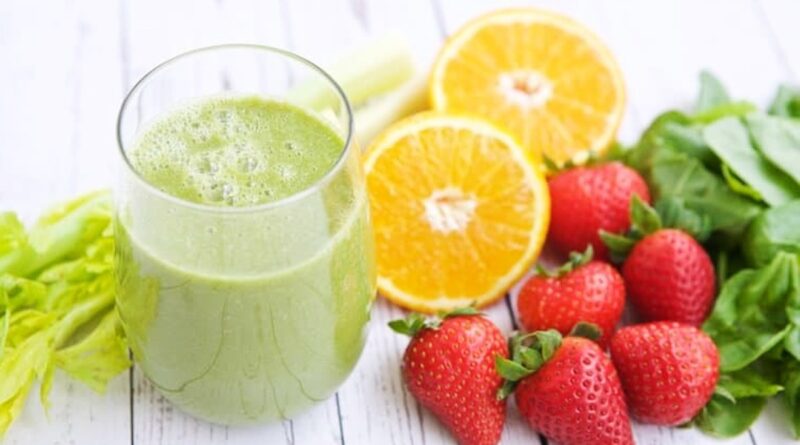What are the effects of fruit and vegetable weight loss smoothies?
Weight loss smoothie diets often include consuming smoothies made from fruits, vegetables, and other ingredients that can aid in weight loss. With a combination of ingredients rich in fiber, nutrients and antioxidants, fruit and vegetable smoothies are not only delicious drinks but also support healthy weight loss.

Contents
Weight loss smoothie diets
WHAT ARE THE EFFECTS OF DRINKING WEIGHT LOSS VEGETABLE AND FRUITS SMOOTHIES?
Drinking fruit and vegetable weight loss smoothies brings many beneficial health effects. Here are some main effects:
– Provide nutrients: Fruit and vegetable smoothies are rich in fiber, vitamins, minerals and antioxidants. They provide plenty of vitamin C, vitamin A, potassium, magnesium and folic acid.
– Strengthen the immune system: Vegetable and fruit smoothies, especially those containing lots of vitamin C, help strengthen the immune system, protecting the body from bacteria and diseases.
– Enhance heart health: Some fruits and vegetables, such as carrots, spinach and tomatoes, have antioxidants and fiber that help reduce the risk of cardiovascular disease.
– Supports digestion: Fruit and vegetable smoothies are rich in fiber, helping to improve digestive function, reduce constipation and maintain intestinal bacterial balance.
– Provides energy: Fruit and vegetable smoothies provide quick energy thanks to the natural sugar in fruit, which is a good source of energy for daily activities.
– Lose weight and have beautiful skin: A simple smoothie with fresh fruits and vegetables as ingredients usually contains fewer calories than other drinks such as soft drinks, carbonated soft drinks or milk coffee. This can help you reduce your daily calorie intake and facilitate weight loss. In addition, with many antioxidants and vitamins, fruit and vegetable smoothies also help improve skin and hair health.

11 nutritious foods you should know.
How To Lose Weight at Home
Basic main ingredients of weight loss smoothies:
Fresh fruit: Choose fruits rich in fiber and vitamins, such as strawberries, blueberries, bananas, and pomegranates.
Vegetables: Use leafy greens like lettuce, celery, tomatoes, and leafy greens to provide fiber and other nutrients.
Protein source: Add protein to smoothies to help maintain feelings of fullness longer. You can use reduced-fat milk, soy milk, or whey protein.
Healthy fats:
Basal oil such as flaxseed oil or lipoid oil: Provides good fats for the body.
Fiber-rich nuts and seeds: Like flaxseeds and pistachios to add fiber and fat.
No added sugar:
Limit or eliminate added sugar in smoothies. Use natural fruit to sweeten or add a little honey or brown sugar.
Simple processing:
Avoid processed products that are high in fat and sugar.
Keep balance:
Make sure the smoothie provides adequate fiber, protein, and fat to ensure you have enough energy and don’t feel hungry after drinking it.
Meal schedule:
Weight loss smoothies can replace one meal but should not replace all meals of the day. You still need to have a balanced diet to ensure adequate nutrition.
Note that effective weight loss depends on many other factors such as regular exercise, adequate sleep, and an overall healthy lifestyle. Before implementing any diet, you should make sure it is suitable for your health condition and weight loss goals.
If you need a weight loss smoothie diet, click here


Pingback: 11 Vegetables to Help Support Your Weight Loss Healthtop.net
Pingback: Weight loss journey: From self-doubt to confidence
Pingback: A Comprehensive Approach to Weight Management -
Pingback: 3 mistakes when drinking smoothies to lose weight -